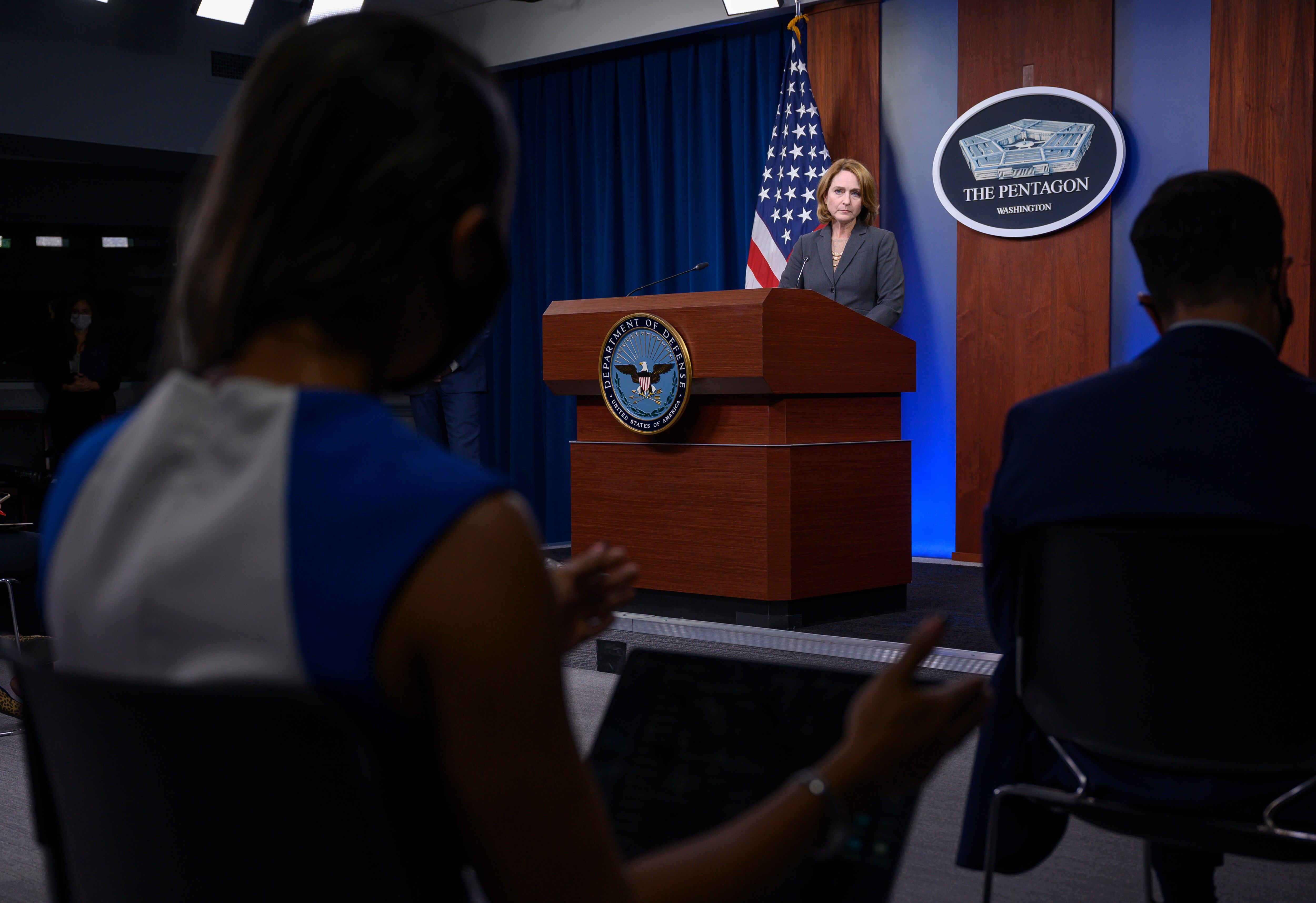WASHINGTON — The U.S. Navy will begin rolling out a conversational artificial intelligence program known as “Amelia” that’s capable of troubleshooting and resolving the most commonly asked tech-support questions from sailors, Marines and civilian personnel.
The full rollout, expected in August, is the latest step in the $136 million Navy Enterprise Service Desk venture, meant to modernize and consolidate more than 90 IT help desks into one central node. General Dynamics Information Technology announced it was awarded the NESD indefinite delivery, indefinite quantity contract in late 2021.
Sailors, Marines and civilians with a common access card and who can be verified through the Global Federated User Directory will be able to contact Amelia via phone or text. The program should serve more than 1 million users around-the-clock responses based on a depth of training and insider know-how. Additional applications, such as in a classified environment, could follow.
“Predominantly, we’ve had to have agents around who had knowledge of ‘how do I fix a specific issue,’” Travis Dawson, GDIT’s chief technology officer for the Navy and Marine Corps sector, told C4ISRNET in an interview. “Well, that issue can be documented, right? And once it’s documented, we can go ahead and have that resolved via automation, without the human interaction.”
While Amelia is taught to answer questions and complete repetitive tasks, Dawson said it is capable of more, such as sensing frustration in user queries.
“In the AI world, I will tell you, they get really sensitive when you call conversational AI a bot,” he said. “A bot has a back-ended script, right? So it’s only going to tell you the answer that it knows. If it doesn’t tell you, you sit at a dead end.”
RELATED

Should Amelia be unable to answer a question or fix a problem, it is capable of forwarding the matter to a live agent — the sort of human-to-human interaction traditionally associated with connectivity woes or locked accounts. In testing, Amelia has helped slash the number of abandoned calls “significantly,” and the “first-contact resolution rate has been pretty high, in the higher 90 percentile,” according to Dawson.
“People are able to get their answers quicker than they have historically,” he said.
The Pentagon is spending billions of dollars on AI advancement and adoption. The technology is being applied to both the battlefield and the boardroom. It can assist target identification onboard combat vehicles, and it can parse mass amounts of personnel and organizational info.
GDIT, a division of General Dynamics, the fifth largest defense contractor in the world by revenue, in May launched a tech-investment strategy with focuses on zero-trust cybersecurity, 5G wireless communications, automation for IT operations, AI and more.
The company provided C4ISRNET a rendering of Amelia as a female sailor in uniform. No explanation of the name or gender selection was given.
“The requirement moving forward was to have the integration of an AI capability,” Dawson said. “And with automation that’s out there today, Amelia fit the bill.”
Colin Demarest was a reporter at C4ISRNET, where he covered military networks, cyber and IT. Colin had previously covered the Department of Energy and its National Nuclear Security Administration — namely Cold War cleanup and nuclear weapons development — for a daily newspaper in South Carolina. Colin is also an award-winning photographer.








